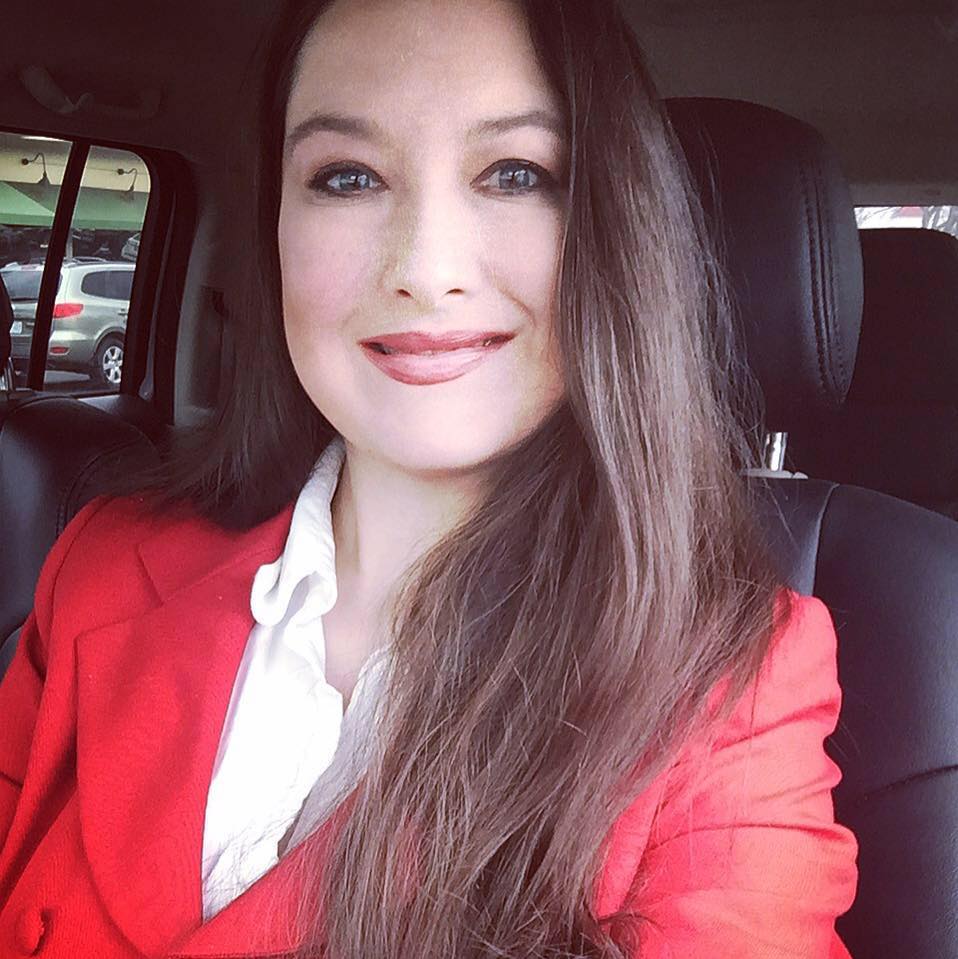Maude Falkner: The other old lady painter
LaReeca Rucker
The Clarion-Ledger
When Grandma Moses was discovered in 1938, Maud Falkner, mother of William, had already been an artist for 30 years and wanted the world to know Grandma Moses "wasn’t the only old lady painter in the world."
A one-day exhibit of Falkner’s paintings, believed to be the second exhibition of its kind, was held at the Union County Heritage Museum last week.
New Albany attorney Rodney Shands, who owns the paintings, remembers going to "Miss Maud’s" house as a child. Shands gave a presentation of Falkner's work to those touring the museum with the annual University of Mississippi Faulkner and Yoknapawtapha conference.
"We lived in New Albany, and she lived in Oxford," he said. "We would go and buy the paintings for a little of nothing. My mother commissioned a portrait of my father. I think she paid something like $200."
Maud Falkner, who used the original spelling of her name unlike her famous son, stood 4’8 inches, weighed 89 pounds and painted prolifically.
"When I was a young boy, I was as tall as she was," said Shands, "and I was maybe 10 years old.'
Falkner, born in 1871, followed the career of Grandma Moses. She painted copies of old masters, but changed them to suit her liking, always adding the original artist’s name and her own.
She also took pride in the fact that she was a bread-winner. Her husband, Murry, had died at a fairly early age," said Shands. "She thought of herself as a self-supporting artist, although she didn’t really realize that her son, William, had also paid a lot of her household bills anonymously.
Falkner painted many lifelike portraits and humbly presented them to clients. "It made her very nervous when she did portraits on commission," Shands said. "That was something she worried about — that people were going to pay her $200 and get a portrait. And these were good size portraits, and she was worried that people wouldn't like them."
According to Falkner's granddaughter, Dean Faulkner Wells, Miss Maud painted about everything she could find, including flowers on her kitchen safe's cabinet doors. She frequently changed them from roses to violets to black-eyed Susans.
Falkner also amused her grandchildren by painting pictures on the bottoms of their drinking glasses as rewards for finishing their milk at mealtimes. And for $25, she decorated wedding invitations with watercolors of rose-covered cottages and mailboxes bearing the newlyweds' names.
Falkner, 88, died October 1960. "She had lived a full, ripe life," said Shands. "She had seen her son, William, become, by that time, of course, famous. It’s a little bit surprising that Maud Falkner’s first exhibition of her work ever was only in 1997 when they exhibited at the Skipwith Museum next to the Mary Buie Museum during the University of Mississippi’s Faulkner and Yoknapatawpha Conference. As far as I know, this is only the second exhibition of her work ever."
Tommy Covington and Robert Hamblin led the group of Faulkner conference attendees, who stopped in town to view the exhibit. Each year, Covington and Hamblin team up during the UM conference to lead Faulkner tours from Oxford to Ripley.
Covington is the director of the Ripley Library and Hamblin is a native of the Brice Crossroads area who did graduate work at Ole Miss and now teaches in Missouri. Ripley was the home of two of William Faulkner’s great grandfathers, Col. W. C. Falkner and Dr. John Murry," said Covington.

